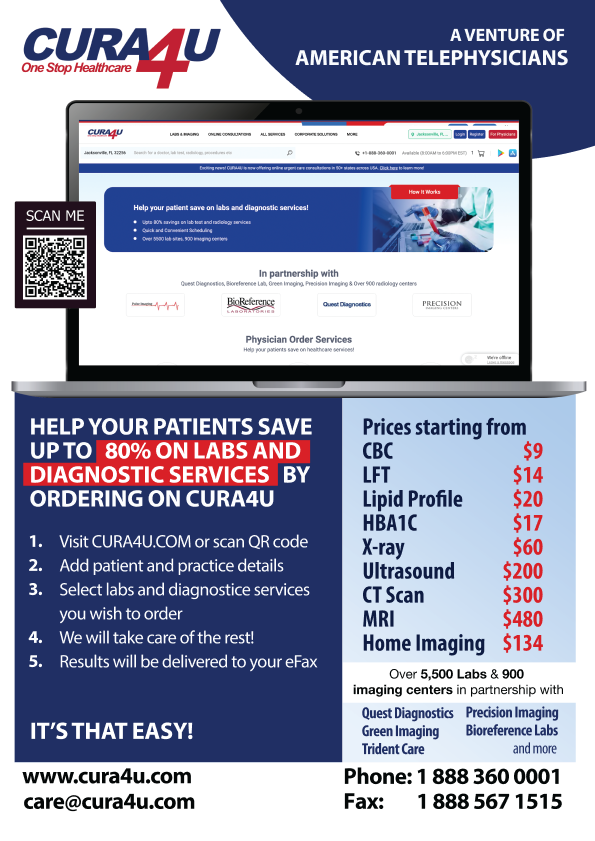Ultrasound scans usually last 15 to 45 minutes. They are usually conducted by a doctor, a radiographer, or a sonographer. Depending on which body area is being scanned, several types of ultrasound scans are available. The main types are:
External Ultrasound scan:External ultrasound scans are most commonly used to examine the heart or a developing baby in the womb. It can also be used to examine the liver, kidneys, and other organs in the abdomen and pelvis and any other organs or tissues that can be seen through the skin, like muscles and joints. A small portable probe (transducer) is put on your skin and moved over the area to be examined. A lubricating gel is applied to your skin to allow the probe to glide smoothly. This also ensures that the probe is in constant contact with the skin. You shouldn't feel anything on your skin except the sensor and the gel (which is often cold). If you're having a womb or pelvic scan, you may have a full bladder, which causes little discomfort. Once the scan is completed, you may empty your bladder.
Doppler ultrasound:Doppler ultrasound is a type of ultrasound that evaluates the movement of materials in the body. It enables the doctor to examine and assess blood flow through the body's arteries and veins. Some Doppler ultrasounds include Color Doppler, Power Doppler, and Spectral Doppler.
Internal ultrasound scanUltrasounds are sometimes performed inside the body. An internal examination allows a doctor to see within the body at organs such as the prostate gland, ovaries, or womb in greater detail. The transducer is connected to a probe that is inserted into a natural opening in your body in this case. Here are some examples.
Transvaginal Ultrasound:The term "transvaginal" refers to an ultrasound that is performed through the vagina. You'll be asked to lie on your back or side with your legs raised to your chest during the procedure. After that, a small ultrasound probe with a sterile cover is gently inserted into the vagina, and images are transmitted to a monitor. Internal examinations can be uncomfortable, but they usually aren't painful and don't take long.
Transrectal ultrasound:This test uses a special transducer inserted into the rectum to create images of the prostate.
Transesophageal echocardiogram:The doctor inserts the probe into the esophagus to obtain images of the heart.
Endoscopic Ultrasound An endoscope is inserted into your body, usually through your mouth, to examine areas such as your stomach or food pipe (esophagus) during an endoscopic ultrasound scan. The endoscope will be carefully pushed down towards your stomach while you lie on your side. On the end of the endoscope is a light and an ultrasound device. Sound waves are used to create images in the same way as an external ultrasound once inserted into the body. Because an endoscopic ultrasound scan might be uncomfortable and make you feel nauseous, you'll normally be given a sedative to keep you calm and a local anesthetic spray to numb your throat.










